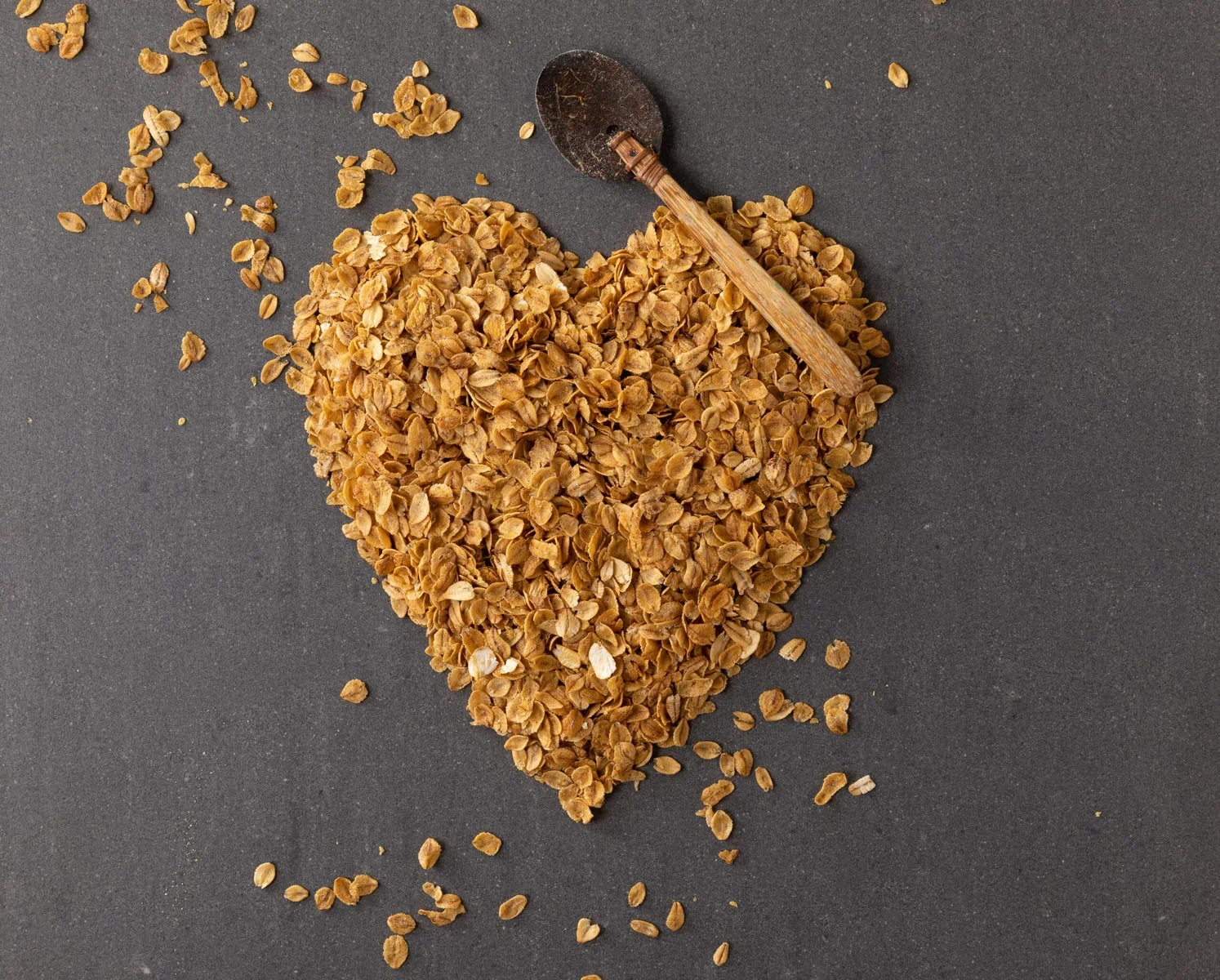It’s no secret that The Healthy Grain team quite simply, love BARLEYMAX®. Whether it’s a BARLEYMAX® cereal for breakfast, or lunch powered by a BARLEYMAX®-containing bread, or even experimenting in the kitchen with BARLEYMAX® flakes – it’s fair to say that BARLEYMAX® is a big part of our diets.
Over the years, we’ve often chatted and shared our experiences associated with consuming BARLEYMAX® – from reduced cholesterol levels to greater feelings of satiety, to yes, it must be mentioned, increased flatulence (as you can tell, we are a very close-knit team). So, we thought it was time to put ourselves – and BARLEYMAX® – to the test, with our very own internal trial.
What questions did we seek to answer?
Our trial set out to find whether there is a relationship between the consumption of BARLEYMAX®, a reduction in calorie intake, and increased feelings of satiety. There is plenty of literature available that explores the relationship between dietary fibre consumption and measures of hunger/satiety and food intake. However, the literature is not consistent – which indicates the need for further investigations to better understand the mechanisms. For example, is it that different fibres have different effects, or that there are short term and longer effects? Therefore, our team wanted to dive a little further find out more about the effect of BARLEYMAX® consumption on measures of appetite.
What did we do?
From the outset, we need to stress that our internal trial was just that – a trial run within our business. By no means does our trial have the robustness of a randomised, blinded clinical trial. We had six participants in our trial, which ran for three weeks.
- Week 1: Washout Week – all participants were required to cease consuming BARLEYMAX®, whilst otherwise maintaining their regular diet and exercise.
- Week 2: Baseline Week – all participants were required to not consume any BARLEYMAX® during this week, otherwise maintaining their regular diet and exercise. Additionally, participants were required to track their food intake and exercise each day and complete a daily survey which asked questions about their desire to eat, and feelings of satiety.
- Week 3: Active Week – all participants were required to consume 25g of BARLEYMAX® flakes at the same time each day. Other than the consumption of BARLEYMAX®, participants were required to track their food and exercise each day and complete a daily survey which asked questions about their desire to eat, and feelings of satiety.
What did we find?
Following the conclusion of our internal trial, our data analysis process highlighted two very interesting outcomes, that were statistically significant:
- Participants consumed fewer net calories during the ‘Active Week’, when they were eating 25g of BARLEYMAX® flakes per day
- Participants reported feeling less hungry on the days that they consumed BARLEYMAX®, even though they consumed fewer net calories. Net Calories refers to the difference between energy consumed via food and drink, and the energy expended through exercise. Very simply, to calculate net calories: calories eaten – calories expended.
There was a non-significant average 1% reduction in total calories consumed in the “Active week’ and a significant 16% reduction in net calories consumed. Thus, participants did do more exercise on average in the ‘Active Week’.
The absence of other differences should not be over-interpreted. It may be due to the wording of the questions or the small number of participants. However, the significant differences observed do support the theory that BARLEYMAX® consumption may exert an effect on appetite via the appetite hormones.
What’s next?
Whilst our trial certainly doesn’t have the weight or validity of a randomised, blinded clinical trial – it does raise some interesting results that require further exploration. We’ll be using the results of our internal trial namely as a basis for designing further trials into the future. If there’s one thing we know for sure – the benefits of BARLEYMAX® are impressive and diverse – and we can’t wait to share them with you.
Part two of this blog will put these results in the context of our existing knowledge about dietary fibre and appetite.
Intended as general advice only. Consult your health care professional to discuss any specific concerns.




